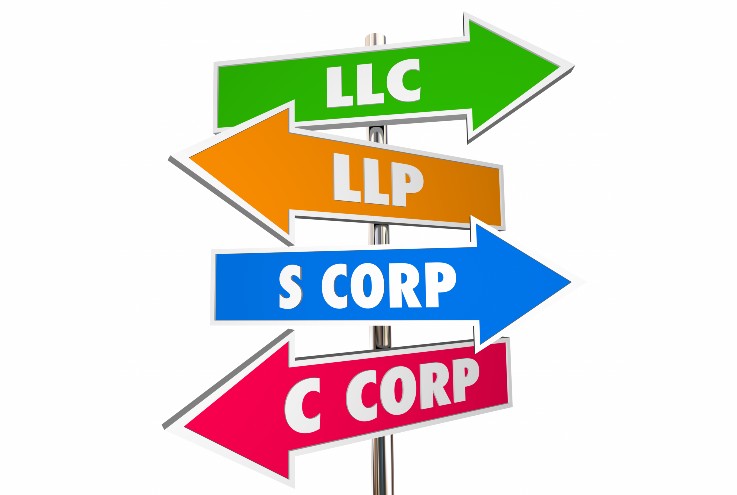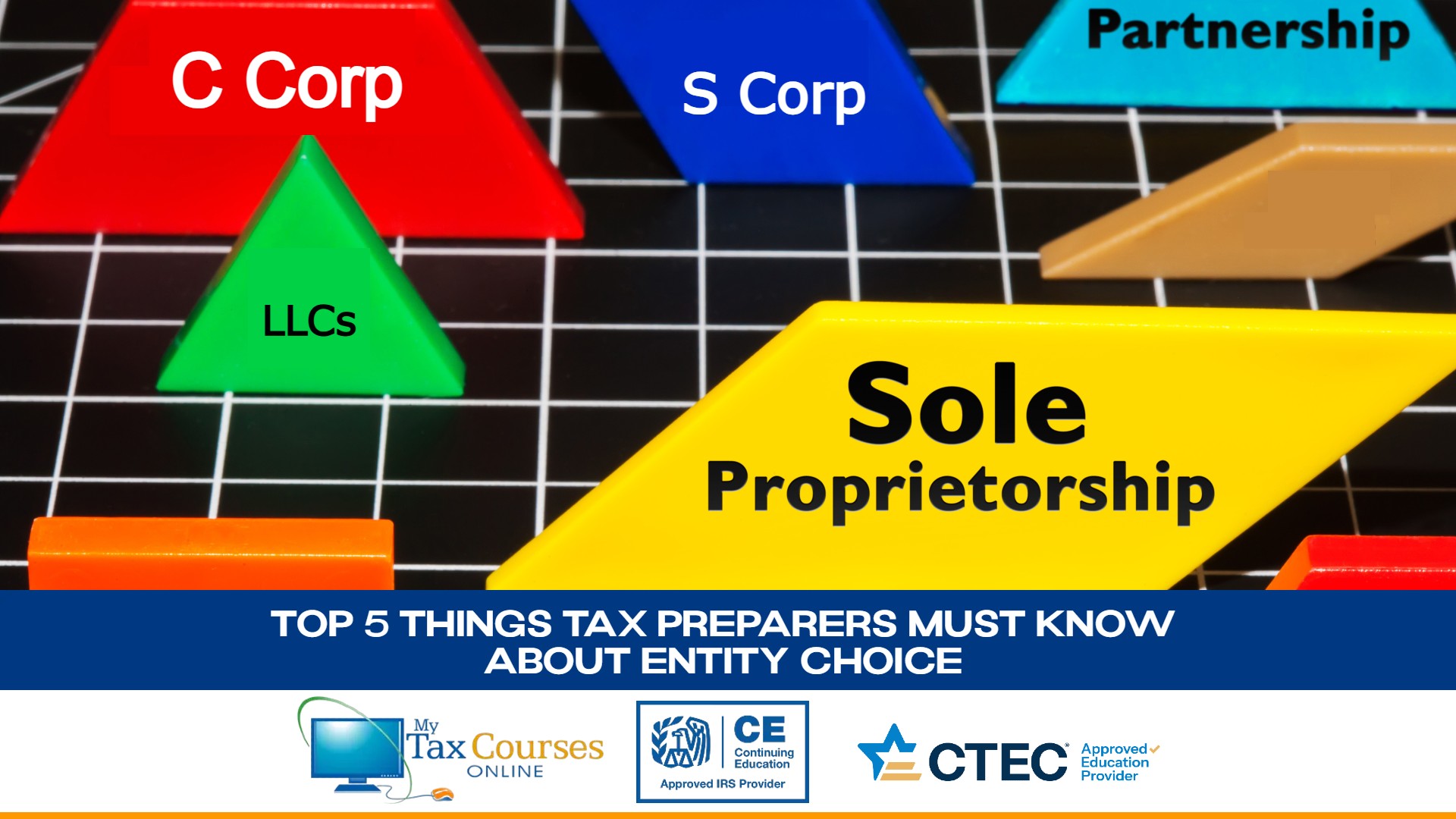Choosing the optimal business entity was always important, but with new tax law updates, enhanced IRS scrutiny, and sweeping changes under the One Big Beautiful Bill Act (OBBBA), the stakes are higher than ever. Here are five critical considerations every tax preparer should master in 2025 to safeguard clients and spot opportunities.
1. New Excess Business Loss Limits Are Enforced in 2025
Under recent tax reforms, the excess business loss (EBL) limitations are back and active. Losses beyond the allowable thresholds can no longer be deducted in the year incurred — instead, they are carried forward as Net Operating Losses (NOLs).
This means clients operating loss-heavy businesses (startups, real estate ventures, etc.) may not get the full deduction in the first year. You’ll need to plan carefully to optimize timing and entity structure.
Tip: Be ready to explain why clients can’t always fully deduct large business losses in the year incurred.
2. NOLs Carry Forward, But With an 80% Income Cap
While NOLs incurred post-2020 may be carried forward indefinitely under current law, there's a catch: they may offset only up to 80% of taxable income in a year. This can create residual tax liabilities even in profitable years.
Strategic planning is not just important, it's essential to avoid “stranded” tax burden — especially for clients who alternate between loss and profit years. This proactive approach puts you in control and empowers you to guide your clients effectively.
Tip: Remind clients that “indefinite” doesn’t mean “unlimited.” The 80% cap can still create surprise tax bills.
3. Hobby-Loss Rules Are a Continuing Audit Risk
IRC Section 183 (the “hobby loss” rules) remains a red flag for the IRS. If a business fails to show profitability in 3 of the last 5 years (or 2 of 7 for horse-related activities), the IRS can reclassify it as a hobby, disallowing losses.
Important update: Because of the Tax Cuts and Jobs Act (TCJA), miscellaneous itemized deductions (which once allowed “excess” hobby expenses) are suspended for tax years 2018–2025. That means if an activity is deemed a hobby, you can’t use its losses to offset other income.
Tip: Make sure your clients can show a profit motive and keep strong records (documentation, businesslike operations, advertising, etc.) to avoid costly reclassifications.
4. Compensation & “Reasonable Salary” Will Remain Under Scrutiny
Entities structured as S corporations or C corporations must tread carefully on what they pay owners as “salary” vs. distributions or dividends.
- In a C corp, if compensation is unreasonably high, the IRS can reclassify part as a “constructive dividend.”
- In an S corp, too low of a salary can trigger recharacterization of distributions into wages (subject to payroll taxes).
The David Watson case remains a landmark example where compensation reclassification decisions were litigated.
Tip: Use a comparable pay structure (based on industry comps, job role, and documented justification) to defend your client’s pay levels.
5. OBBBA Transforms the QSBS Landscape
One of the most significant shifts for entity planning is in Qualified Small Business Stock (QSBS) rules via the One Big Beautiful Bill Act (OBBBA), effective July 4, 2025.
Key changes you need to know:
- Graduated gain exclusions:
• 50% for >3 years holding
• 75% for >4 years
• 100% for >5 years - Lifetime exclusion cap increased from $10M to $15M (indexed).
- Gross asset threshold for qualifying small business raised (e.g., up to $75M) under OBBBA.
- These changes apply only to QSBS issued AFTER July 4, 2025. Stock issued before that date remains under legacy rules.
These shifts make the timing of entity formation, capital contributions, and stock issuance even more crucial for clients aiming to maximize tax shields on growth or exit events.
Tip: Advise clients early, entity structure now has long-term capital gains consequences.
Final Thoughts
Entity selection is no longer a “set-and-forget” decision. For 2025 and beyond, the interplay between loss limits, IRS audits (hobby vs business), compensation structure, and QSBS planning demands continuous oversight.
As a tax preparer, your countermeasures include:
- structuring entities to balance growth and tax flexibility
- documenting operations to support profit intent
- modeling client outcomes under new loss/NOL constraints
- coordinating equity issuance timing with QSBS windows
Your clients rely on you not just to file returns, but to guide them through these evolving regulatory waters.

If you are looking for more information, check out the My Tax Courses Online course “2025 Ignorance & Bliss in Business Entity Selection” presented by Doug Stives.
This IRS-approved continuing education course reviews sole proprietorships, partnerships, LLCs, S corporations, and C corporations. Participants will analyze self-employment tax exposure, fringe benefit limitations, distribution rules, and recent updates under the One Big Beautiful Bill Act (OBBBA).
External Sources & Further Reading
- IRS — Know the Difference Between a Hobby and a Business IRS
- IRS — Help to Decide Between a Hobby or Business (Tax Tip 2025-42) IRS
- Frost Brown Todd — QSBS Just Got a Major Upgrade Davis Wright Tremaine
- RSM US — The OBBBA & QSBS Opportunities and Risks RSM US
- Stradley Ronon — Big Beautiful Expansions to QSBS stradley.com
- Investopedia — Hobby Loss Definition & Rules Investopedia
- TurboTax — When the IRS Classifies Your Business as a Hobby TurboTax
- Comerica Insights — Hobby Losses: Important Items to Understand Comerica
- Current Federal Tax Developments — Hobby Loss and Himmel v. Commissioner Current Federal Tax Developments
- McLane — Navigating the Fine Line Between Business and Hobby McLane Middleton










